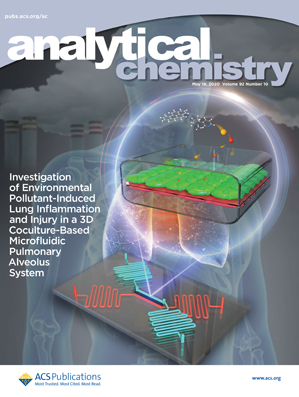Analysis of Mono and Divalent Trace Element Distribution in Soil of High Rainfall Areas near Proposed Uranium Mining Sites

The soil, a main part of the Terrestrial ecosystem, is a heterogeneous mixture of different organisms and minerals, organic, and organomineral substances present in three phases: solid, liquid and gaseous. At the same time, soil is perhaps the most endangered component of our environment open to potential contamination by a variety of different pollutants arising from human activities such as industrial, agricultural, etc. Although the trace elements in soil are very important for the quality of soil and environment, excessive level of trace elements can cause pollution of waters, toxicity in plants, foods and ultimately in animals and humans that feed upon them. Mono and divalent trace elements have been the subject of particular attention because of their role in the biochemical cycling, mobility in the ecosystems. The trace element pollution depends on geochemical and biochemical properties of a given element. There is an increasing demand to understand the geochemical variation of mono and divalent trace elements to assess the quality of soil. Although considerable information exits on the trace elements in typical soil but there exit major gaps in behavior of latsol. Information on native concentration of trace elements is important for determining if specific sites or large area has potential for concentration in view of proposed mining particularly in such a high rainfall area. Holmgreen et al. have carried out a countrywide trace elements survey of agricultural soil in US and identified not only an area with natural high level of trace elements and also an agricultural area with possible contamination. Thus there is a need for information on native concentration of trace elements in an area subjected to high rainfall. On the other hand the exceedingly long period of continuous pedogenic weathering in this soil provides an opportunity for unique insight into mono and divalent trace elements geochemistry in freely drained acid soils. The study carried out with two objectives. The first is to inventory the mono and divalent trace elements in the highest rainfall area of the globe. The second is to better understand which among the commonly known divalent and mono valent elements accumulates or depletes in welldrained soil over extremely long periods of pedogenic weathering.